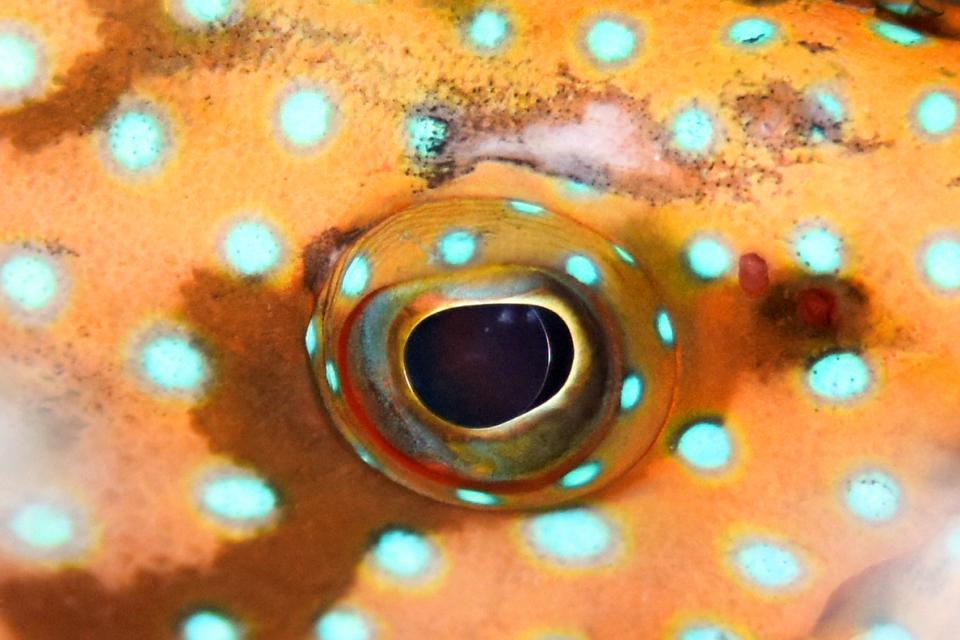Animals have it all over us when it comes to colour
University of Queensland researchers have developed new knowledge on how animals see and use colour, and how their colour vision has evolved.
The Queensland Brain Institute’s Professor Justin Marshall, co-author of a study undertaken with international colleagues, said colour had an important role in reproduction and prey–predator interactions, although it served diverse functions in various animals.
“Coloration serves as an important source of information about animals, and the way in which colours are perceived differs between species,” said Professor Marshall.
“I work with mantis shrimp, but also other oceanic animals, because their colour vision is very different to ours.

The research paper provides insight into how a variety of animals use colours invisible to the human eye, such as ultraviolet light, for species-specific purposes.
“Some animals use fluorescence or ‘enhanced’ colours,” Professor Marshall said.
“We humans have reinvented this – and we use fluorescence in everyday objects, such as highlighter pens, or in washing power to achieve that ‘whiter-than-white’ look.
“Humans have realised that we can use chemicals boost to colours – light is taken in by the chemical and re-emitted, so it literally glows.”
Professor Marshall said an understanding of colours could be useful in everyday life.
The new research follows earlier work co-authored by Professor Marshall in Philosophical Transactions of the Royal Society B following a workshop funded by Wissenschaftskolleg zu Berlin, which explored how the role of colours in animals’ lives varied greatly across species based on factors such as environment, physical factors (e.g. toxicity), and whether an animal is either predator or prey.
The article, The biology of color, has been published in the journal Science.
Media: Andrea Markey, communications@qbi.uq.edu.au, +61 405 661 856; Professor Justin Marshall, justin.marshall@uq.edu.au, +61 7 3365 1397.
Related articles

New data reveals how Australia’s threatened reptiles and frogs are disappearing – and what we have to do

Sunlight-powered breakthrough turns methane into valuable ethylene
Media contact
UQ Communications
communications@uq.edu.au
+61 429 056 139
